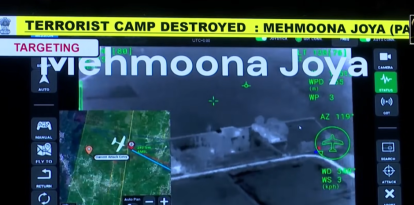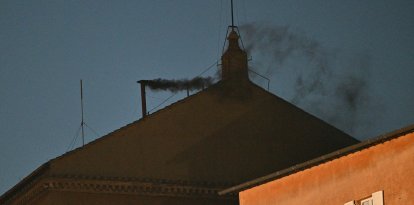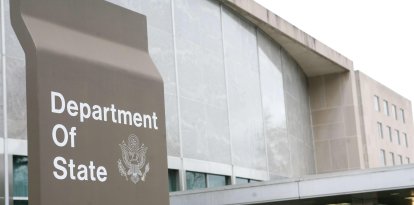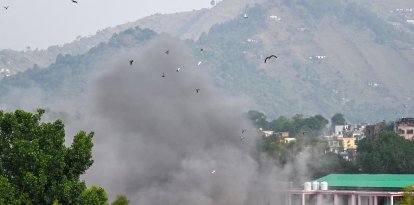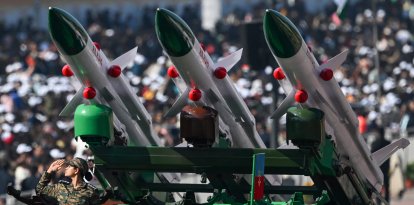Keys to understanding the crisis in Peru following the arrest of Pedro Castillo
The country, in a state of emergency, faces a wave of protests that have claimed the lives of 50 people and could worsen after the "Toma de Lima" (Takeover of Lima).
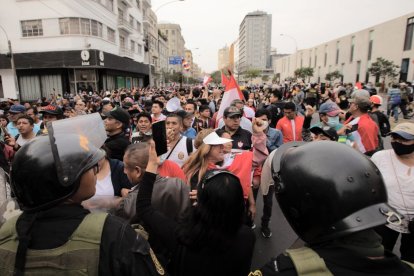
(Cordon Press).
Peru has failed to stabilize since former President Pedro Castillo perpetrated a coup d'état just over a month ago. The arrest of the former president and the swearing in of his replacement has unleashed a wave of protests that continues to claim victims.
How and when did the crisis start?
The South American country had already been in political turmoil for several years due to corruption scandals involving several former presidents. However, the situation worsened on Dec. 7 when Congress was scheduled to vote for the impeachment of Pedro Castillo on corruption charges.
In an attempt to thwart the vote against him, the former head of state addressed the nation, announcing the dissolution of Congress and the establishment of an emergency government, which immediately caused commotion among the opposition and its allies.
Military forces and police announced that they would not obey the orders of the then-president as they violated the constitution, and in a matter of a few hours they succeeded in arresting Castillo and removing him from office.
Dina Boluarte, who was then vice president, was sworn in as the new head of state, becoming the first woman to govern the country.
Wave of protests
In rural areas of the country, where Castillo obtained the most votes during the presidential elections, strong protests began to break out. Despite the government's attempts to calm the situation, the crisis has only worsened.
Protesters have gone so far as to shut down entire cities, burn public buildings and occupy airports. In response, the government opted to declare a state of emergency and send security forces to the streets.
However, the number of deaths during the protests has already reached 50, economic losses are in the millions and social unrest is only increasing.
What are the protesters asking for?
Dissatisfied citizens are demanding the closure of the Congress, considering it illegitimate for having voted for to remove Castillo.
They are also calling for the resignation of Dina Boluarte, an early election, the release of the former president and the creation of a "Constituent Assembly."
Boluarte's attempt to end the crisis
In the face of multiple protests, President Boluarte has tried to reach an agreement with Congress to bring forward general elections for president, vice president and legislators.
The constitutional mandate implies that Boluarte should remain as head of state until 2026, when the presidential term ends. In December, that would have allowed an earlier election.
However, after protesters threatened to take over the capital city of Lima on Jan. 19, several members of Parliament requested the head of Congress gather the legislature on Feb. 1 to ratify the bill to bring forward the elections.
Dina Boluarte publicly apologized for the situation, asked for the acts of violence to be investigated and for those responsible to be identified. However, she assured that she would not resign.
"Let everything be investigated. We need results soon to find those responsible for these violent acts and make sure justice reaches the families of the deceased," she said.
Likewise, she urged the demonstrators to protest in Lima in a peaceful manner and encouraged a dialogue in order to find a solution to the crisis facing the country.
"We know that they want to take Lima because of everything that is coming out in the news. And I call them to take Lima, yes, but in peaceful and calm manner. I am waiting for them at the Government Palace to talk about the social agendas they have," she said.
RECOMMENDATION
